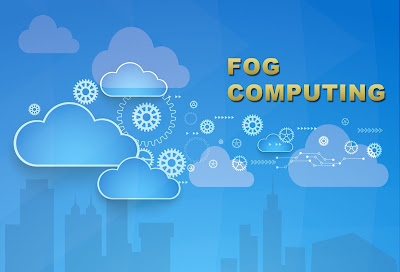Fog computing is a type of decentralised computing infrastructure in which data, compute, storage, and applications are distributed between the data source and the cloud. Fog computing, like edge computing, brings the benefits and power of the cloud closer to the point where data is created and acted upon. Because both involve bringing intelligence and processing closer to where the data is created, many people use the terms fog computing and edge computing interchangeably. This is frequently done to increase efficiency, but it may also be done for security and compliance reasons.
Fog computing is a computing architectural development with a resource pool in which one or more ubiquitous and decentralised node(s) are enabled for potentially cooperating and communicating with each other or in group transmission exclusively at the extreme edge level, rather than backed by cloud processing. Fog nodes process tasks without the interference of third parties and collaboratively provide computational flexibility, improved communication, storage capacity, and a slew of other new mart services in a hierarchical environment for an increasing number of devices, clients, or end users in their vicinity.
Fog computing adds a layer of abstraction between edge devices and the cloud. This layer is supported by a number of small computing servers located near the edge devices, rather than the device itself. The servers are linked to each other and to centralised cloud servers, allowing for the intelligent flow of data. These small units collaborate to perform data pre-processing, short-term storage, and rule-based real-time monitoring. The fog computing architecture reduces the amount of data that must be transported through the system while increasing overall efficiency.
Real-time data processing is required for mission-critical applications such as cloud robotics, fly-by-wire aircraft control, and automotive anti-lock brakes. The information collected by the sensors and the feedback from the control system are directly responsible for the operation's control and management. The fact that the control system is running in the cloud may have a negative impact on the sense-process-actuate loops or make them unavailable due to communication failures. However, the low latency requirement of fog computing can be used to perform control system processing, allowing for real-time response. This methodology primarily aims to process incoming data close to the data source itself, reducing the burden on cloud processing and addressing scalability requirements caused by an increasing number of endpoints.




Comments
Post a Comment